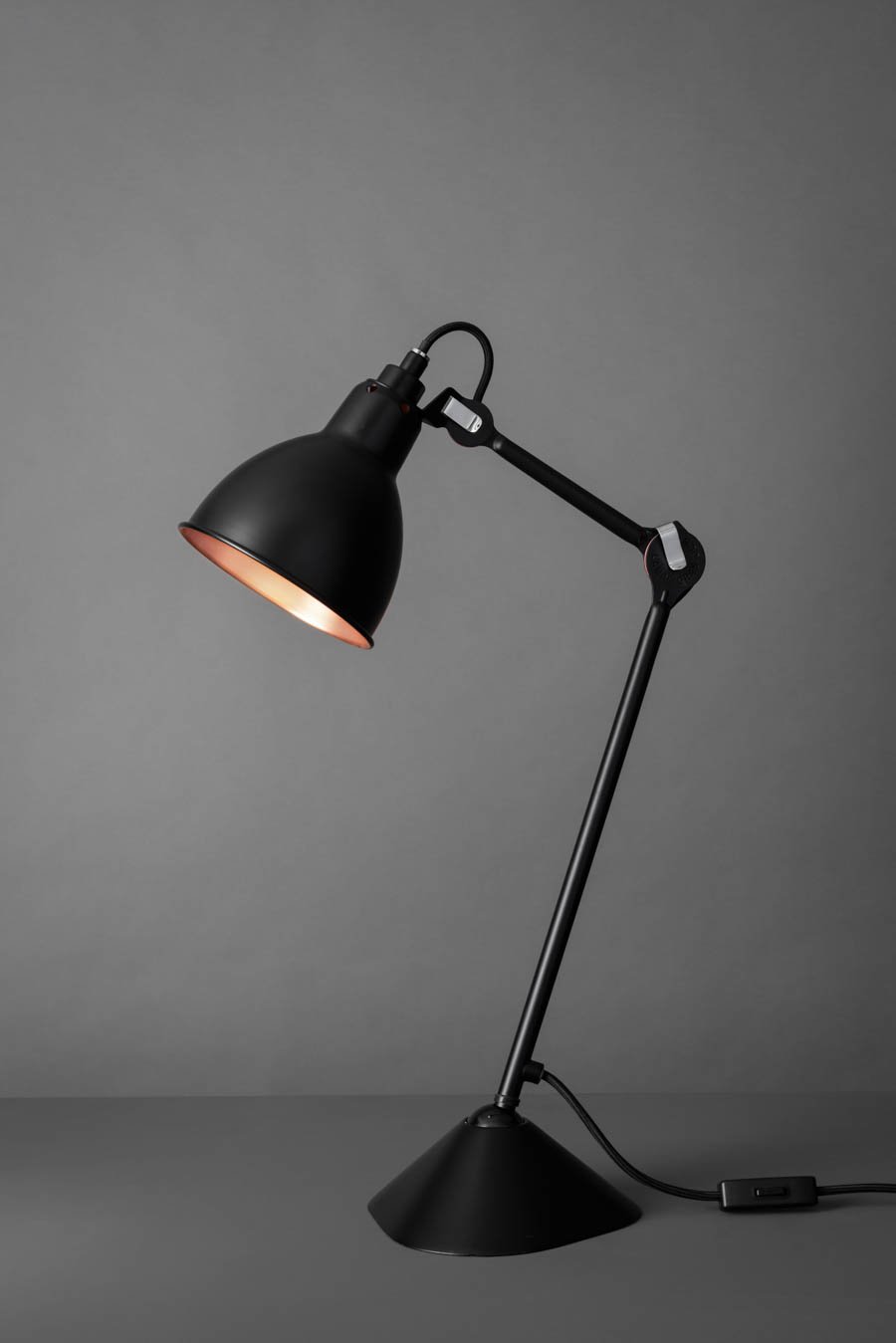
April 27, 2020
The Task at Hand: 100 Years of the Adjustable Desk Lamp
A technological breakthrough and a little-acknowledged bellwether of Modernism, the task lamp finally gets its due.

Few types of industrial design embody its rote, iterative nature like task lighting. Curt Fischer, a metal workshop owner in Germany, seemed to understand this when he invented some of the earliest examples of task lighting in 1919. Under his company Midgard, his first designs were the result of intense, almost ontological contemplation of human behavior and the prescriptions of context, from the slightly asymmetrical lampshade that mimics a worker’s deskside slouch to the punctilious placement of arms and selection of axial joints. Those initial products kicked off what has become an omnipresent but often overlooked lighting typology.

“The driving force behind the development of adjustable light in the 1920s and ’30s was its use in factories and workshops,” says Thomas Edelmann, journalist and curator of the roving exhibition 100 Years of Positionable Light: The Origin and Relevance of Adjustable Lighting, currently on show at the Museum für Kunst und Gewerbe in Hamburg, Germany. From early on, the typology enjoyed a synergistic reverence for industry with the nascent Bauhaus, then coursing through the beginnings of corporate work culture, and today continues its ubiquity in interiors.

Countering the trouble some shadows cast by overhead lighting, positionables did indeed take root in the studio and workshop, but quickly made their way into all sorts of less-demanding settings, such as residences and hotels, through midcentury. The exhibition assembles dozens of adjustable lights, paying Midgard its due for antecedence and prominence in that history, but also includes important designs from the likes of Artemide, Gras, and Kandem (the latter two companies produced adjustables that arguably predate Fischer’s). A century of material, technological, stylistic, and social shifts is thus nestled within the esoteric and abstruse trajectory of task lighting.

That history, like any other domain of design, is still being refined and retold (though Edelmann says the advent of neon tubes in the postwar era nearly made adjustable lighting superfluous). Earlier this year, for example, Munich-based designers Stefan Diez and Lina Fischer created Midgard’s first new design in decades, a thinstemmed Calder-esque lamp called Ayno. But despite its contemporary flair and more appealing colors, what makes Ayno remarkable is its formal and functional similarity to its centenarian ancestors—“entirely in the spirit of Curt Fischer,” comments Midgard owner David Einsiedler. Maybe, as the old saw goes, good design really is timeless.
You may also enjoy “10 Minimal Light Fixtures That Turn Technology into Poetry.”
Would you like to comment on this article? Send your thoughts to: [email protected]
Register here for Metropolis Forums Webinars
Connect with experts and design leaders on the most important conversations of the day.
























